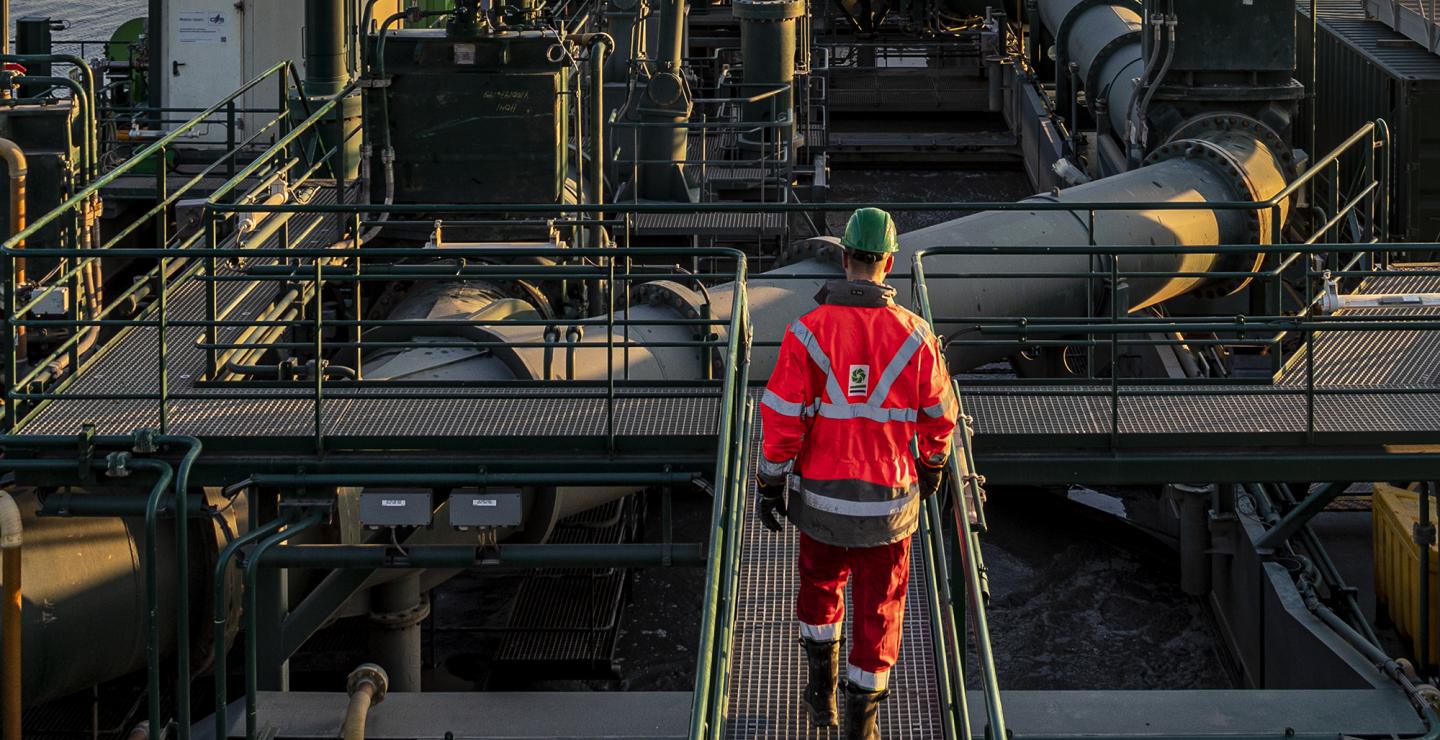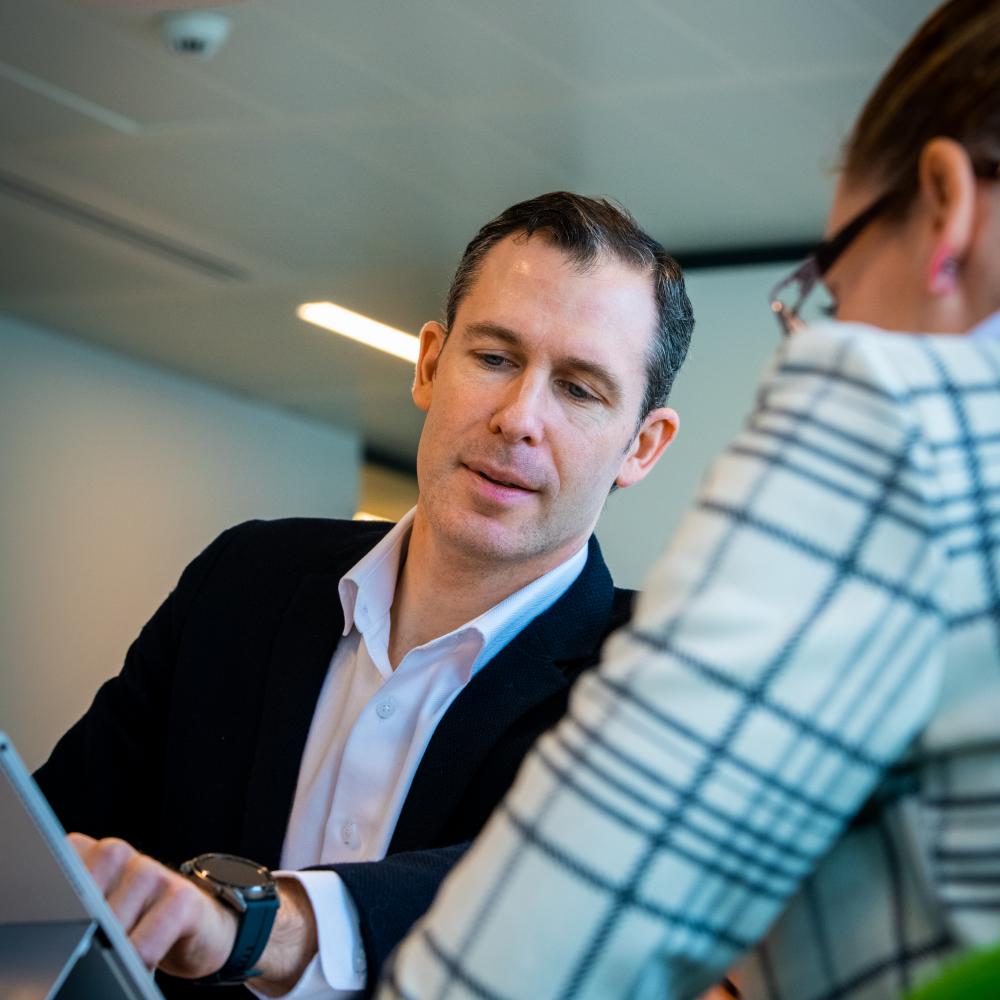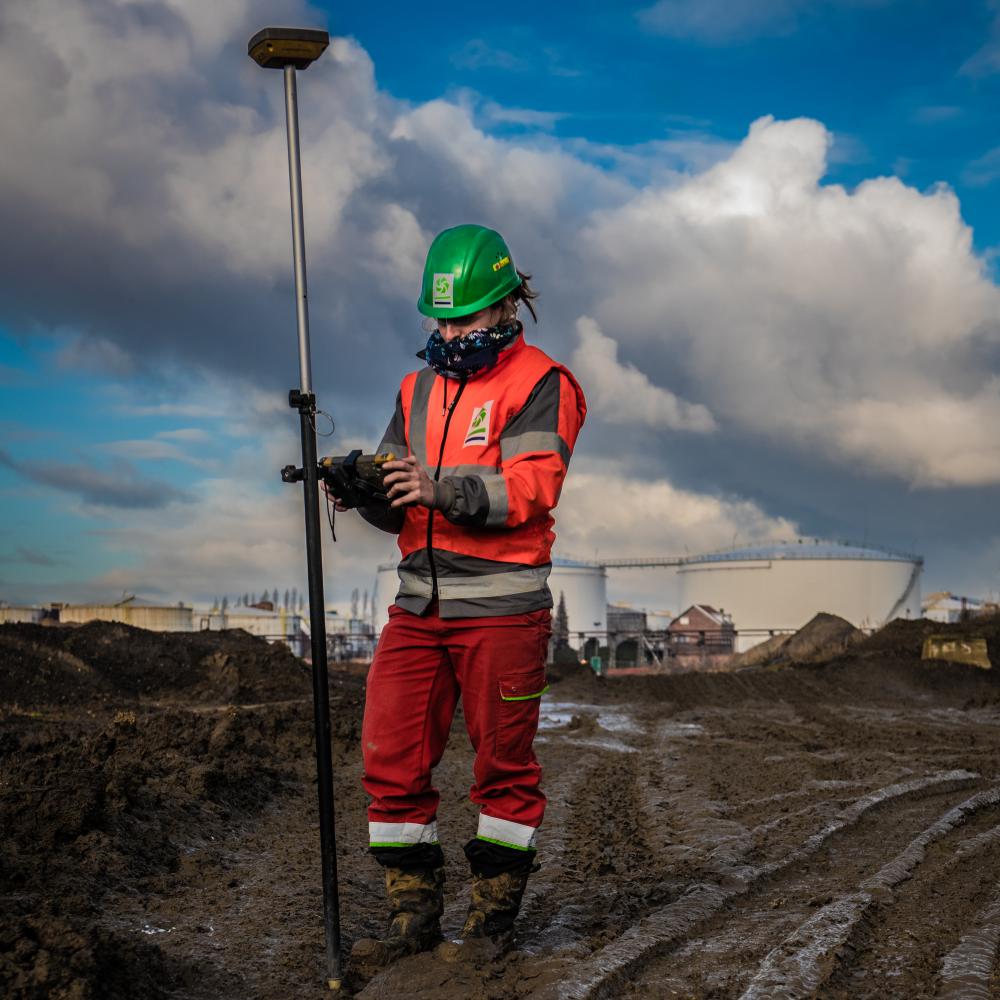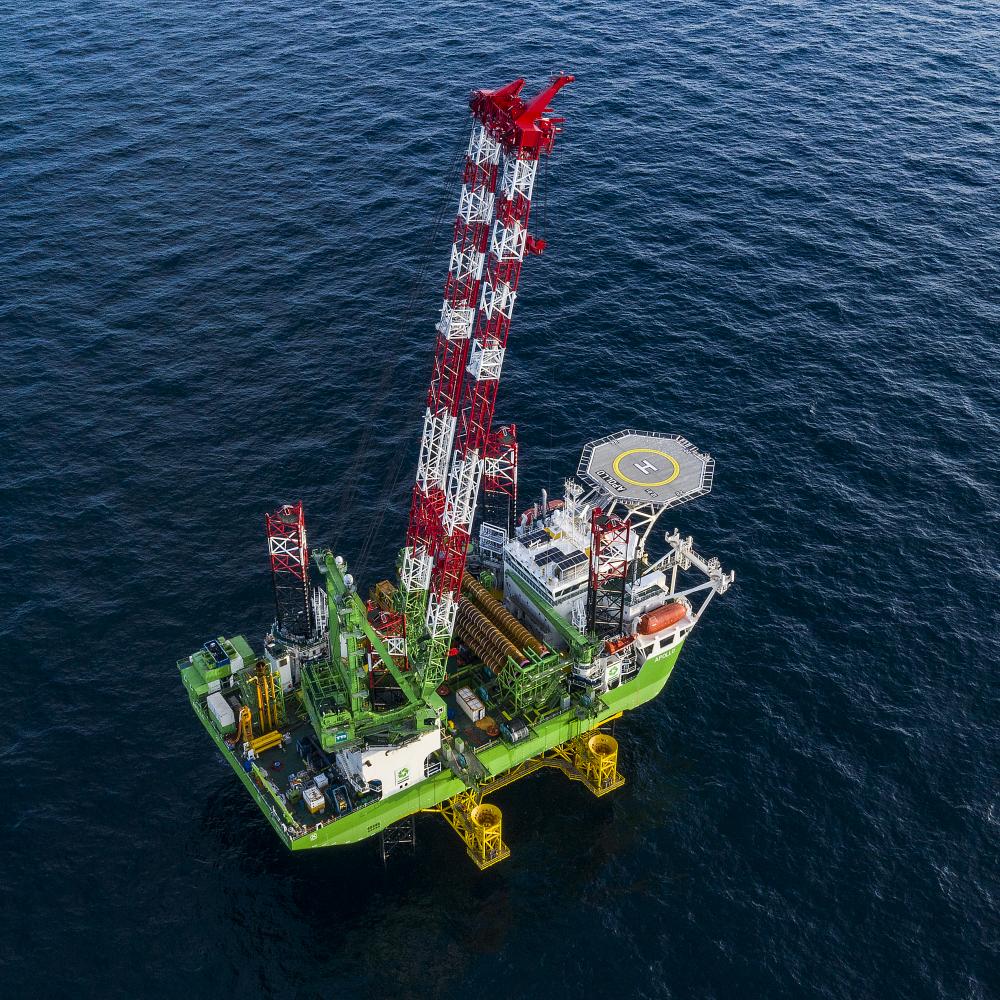Everyone has the right to work in a safe, secure and healthy working environment. Due to the nature of our activities, many projects take place in challenging working environments. Workplace health, wellbeing and safety - for our own people, as well as subcontractors, suppliers, partners and other stakeholders - is our highest priority.
Safety


QHSE Management System
Maintaining the highest standards in everything we do
As a fast evolving organisation we have a robust Quality, Health, Safety and Environment management system in place, describing our policies, practices and procedures. The management system reflects the diversity of our activities, industries and clients we work with. We continually improve the effectiveness of our management system in order to ensure that the highest standards are maintained.
Process owners are the driving force behind our continuous improvement process. Our process owners set up and maintain process descriptions, generic risk assessments, work instructions and procedures, and other useful documentation and tools. They also keep track of actions, and help identify KPIs and targets. We also strongly encourage knowledge sharing within the organisation. As specialists in their domain, they can give advice to all levels within the organisation.

Focus on continuous improvement
Encouraging the reporting of lost time incidents
While we work tirelessly to reduce the number of injuries and environmental incidents, it also strongly encourages employees to report any incident, near miss or unsafe situation. DEME believes, and has evidence to prove it, that when more incidents are reported, serious accidents are avoided in the future. In short, by understanding these incidents better, we can improve safety procedures and stop the same problem happening again. In fact, we develop policies and procedures based on either past incidents and near misses in the organisation.

Key Process Indicators
Proactive and preventive approach
Key Process Indicators (KPI) — published every quarter, and in place at all levels of our organisation — show the number of incidents that have a High Potential of damaging people, assets, quality, the environment or DEME’s reputation. In short, it gives an indication of the activities that could cause harm to the company's activities.
Focusing on the potential consequences and the potential severity of incidents, instead of what actually went wrong, results in a more proactive and preventive approach. This way we continue to encourage our employees to constantly look for possible risks in their working environment. This information is then used to develop targeted action plans so that our employees – whether ashore or at sea – can take the appropriate measures.
QHSE Performance reports
Our latest QHSE Performance reports can be downloaded here.
Recent safety campaigns
Standard lifts safety
A High Potential Incidents (HIPO) analysis showed that lifting, and standard lifts in particular, remain a critical, high-risk activity within all four DEME activity lines. A "Safety Week – standard lifts" was organised in order to raise everyone’s awareness. In one week, six movies were published in order to encourage discussions about HIPO incidents during toolbox meetings on board of our vessels and within (project) work teams. We concluded the campaign with interviews and statements from our employees and process owners.
Stairs campaign
Besides our focus on high-risk activities, actions as simple as holding a staircase handrail also deserve our attention. A campaign is running to make employees aware of the risks involved when taking stairs. The campaign includes several waves of posters and video messages, to promote the use of handrails. As a result the use of handrails has increased during the course of a year. Furthermore, employees have been asked — and do — to take their responsibility and address each other about not using the handrails on stairs.
Getting safely to your workplace
We organised a safety week focused on the theme “Getting safely to your workplace”, highlighting the specific risks of each type of workplace. Stepping on board of a crew transfer vessel from the quayside requires a different work preparation than driving through an environmental remediation site with a vehicle, for example. Employees could learn from five different scenarios through video presentations, all covering different HIPO incidents that happened in the company. Additionally, posters were distributed to use in toolbox meetings and to promote the campaign.

Campaign in the spotlight: hydraulic hoses
DEME remains vigilant and proactive when it comes to safety performance, and is always quick to react to potential issues when it receives safety feedback via its Safety Hazard Observation Card (SHOC) system. This was the case during the on-going installation of 309 piles at the Moray East offshore wind farm in Scotland, being handled by DP2 jack-up vessel 'Apollo'. One of the technicians observed a spray of hydraulic oil from equipment during the installation of the piles. This provoked a reaction, as the company uses an array of equipment — lifting tool, hammer, and sometimes a drilling tool — operated with hydraulic oil hoses, each under intense pressure.
The SHOC card reminded us of the risks associated with hydraulic hoses, and how they can be dangerous for operators, particularly when kinked. This can lead to excessive wear and tear, and potentially a dangerous hose rupture and the risk of an injection of oil under pressure into the bloodstream. For this reason we decided to launch a campaign that addressed HSE issues and shared the lessons learned related to hydraulic hoses and hose handling. The goal was to encourage full engagement and involvement of all project sites, from workers up to management, and ultimately achieve zero accidents in the use of this equipment.
The campaign, over several months, touched on different specific topics, each of which was addressed in toolbox talks, organised drills and dedicated safety inspections. The launch activity included a brainstorm session with all concerned personnel onboard discussing the main risks related to hydraulic hoses, including the lifting of hoses, hydraulic oil spills and the precautions to be taken working on or near hydraulic hoses. Safety inspections looking for damage to all hydraulic hoses were carried out, and the issue of slips and trips while working with hydraulic hoses running over the deck was discussed in detail.
For more information, contact our QHSE team
Certificates
ISO 14001 is an international standard that specifies a process for controlling and continual improving a company's environmental performance.
This is the international standard for the safe management and operation of ships and the prevention of pollution. The purpose of ISM Code is to ensure Safety at Sea, to prevent human injury or loss of life and to avoid damage to the environment and to the ship.
A comprehensive set of measures to enhance the security of ships and port facilities, developed in response to the perceived threats to ships and port facilities in the wake of the 9/11 attacks in the United States.
This is intended to help an organization control all occupational health and safety risks. It is widely seen as the world's most recognized occupational health and safety management systems standard.
ISO 9001 applies to the processes that create and control the products and services an organisation supplies, and prescribes systematic monitoring of activities to ensure that the needs and expectations of clients are met.
The HSE standard specific for several countries in Europe. HSE compliance is checked by means of a critical standard checklist.
The CO2 Performance Ladder is an instrument that helps companies reduce CO2. The instrument is used by clients and contractors for tenders. The principle of the ladder is that efforts are rewarded with a concrete advantage in the tendering process in the form of a discount on the registration price.